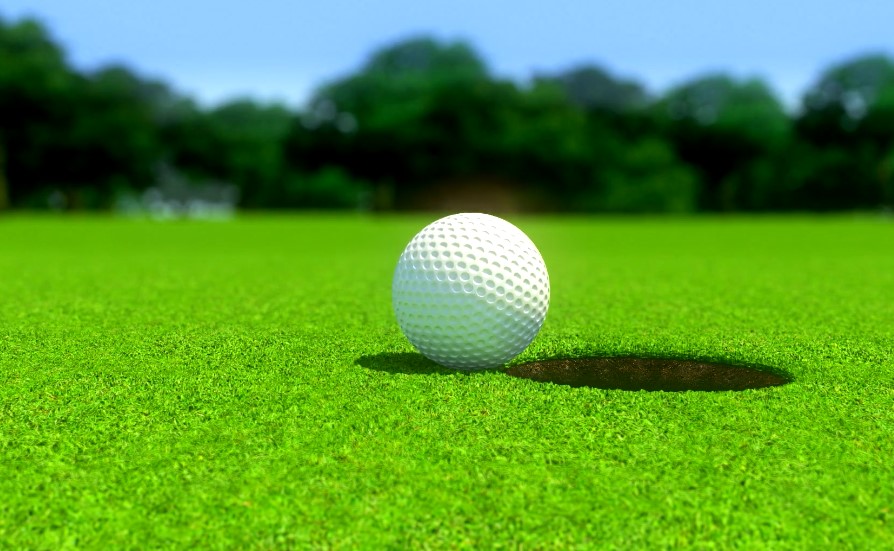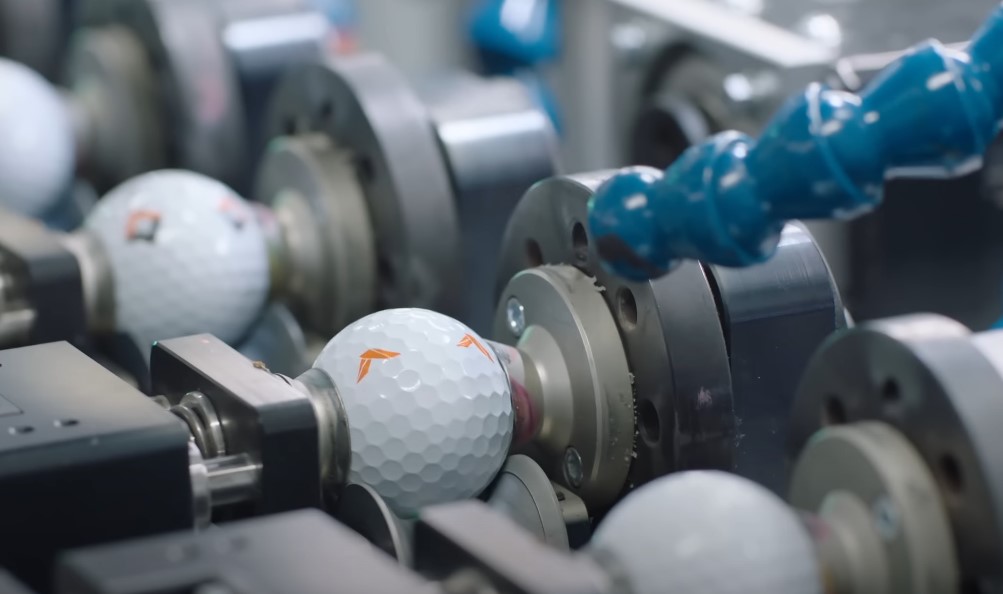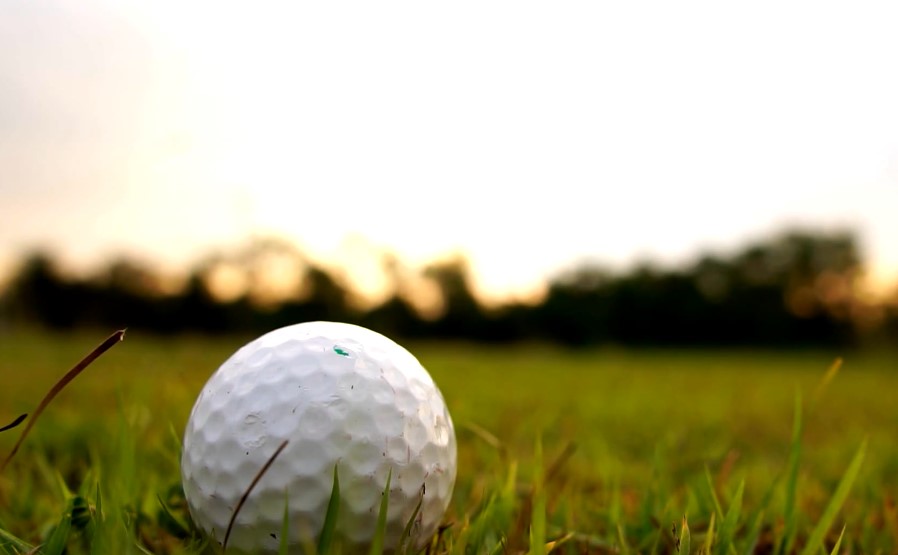For those curious about what’s inside, it’s a blend of materials working harmoniously to enhance the game.
The interior of a golf ball is solid, typically comprising a stout rubber core that provides the necessary weight and energy transfer.
The structure of a golf ball directly impacts its flight, spin, and overall performance. Layers in a golf ball, including the durable Surlyn shell, contribute significantly to its behavior on the course.
Each element is crafted to ensure that when struck, the ball reacts predictably, providing players with the control they need for different shots.
Materials Used

The core is usually made from resilient rubber, optimizing energy transfer.
Surrounding layers can be a mix of materials, such as ionomer resins or urethane.
Surlyn is a common choice for the outer layer, boasting durability and reduced spin, ideal for distance.
Alternatively, urethane covers offer more spin and control, often preferred by professional golfers.
From Raw Materials to Finished Product
The manufacturing process begins with selecting high-quality raw materials. A golf ball typically features a core that can be either solid or liquid.
A solid core is made from rubber and is molded into a sphere. In some cases, a liquid core is formed by suspending a liquid, such as water or oil, within a rubber casing.
Layering follows, where additional layers of rubber or other materials like urethane or surly are added to enhance durability and performance.
Each layer is carefully produced to adjust factors like the ball’s compression and spin.
The final step involves adding the outer cover.
This cover not only affects aerodynamics but also provides durability.
Quality Control and Testing

Quality control is an integral aspect of golf ball production. Manufacturers utilize advanced methods like X-ray machines and computers to ensure uniformity. Each golf ball undergoes tests to confirm it is perfectly round and adheres to specified weight standards.
This step guarantees that each ball performs equally on the course.
Additionally, performance tests are conducted to examine aerodynamics, compression, and spin rate. Ensuring that every ball meets these criteria involves using controlled environments to mimic real-world scenarios.
Through this thorough testing process, manufacturers maintain a high level of consistency, which is essential for the standard playability of the golf balls.
The Inner Workings of a Golf Ball

At the heart of a golf ball is the core. Generally made of solid rubber, the core helps generate speed when struck. Some advanced designs feature liquid cores, which aim to increase distance and precision.
Surrounding the core is a series of layers depending on the ball’s design. Two-piece balls are common for beginners due to their durability. Multi-layer balls, often used by professionals, consist of three to five layers. These additional layers offer enhanced spin control and feel.
The cover of the golf ball is another crucial component. Materials like urethane provide a softer feel and better spin, while ionomer covers are more durable and resistant to cuts.
Common Misconceptions
One common misconception is that golf balls are hollow. In truth, golf balls contain a solid core, often made from rubber, and are covered with a durable shell-like Surlyn. This core-shell structure is crucial for optimizing the ball’s performance on the course.
Another myth revolves around the idea that a solid core limits a golf ball’s capabilities. Yet, the solid core is designed to enhance energy transfer, allowing for greater distance and control. The engineering of the core and its layers ultimately contribute to a ball’s performance, refuting the notion that a hollow structure would be superior.
Some golfers also believe that the number of layers in a golf ball directly correlates to its quality. While a multi-layer design can offer certain advantages, it is more important to choose a ball that matches a player’s specific needs and style of play, rather than focusing solely on the number of layers.

